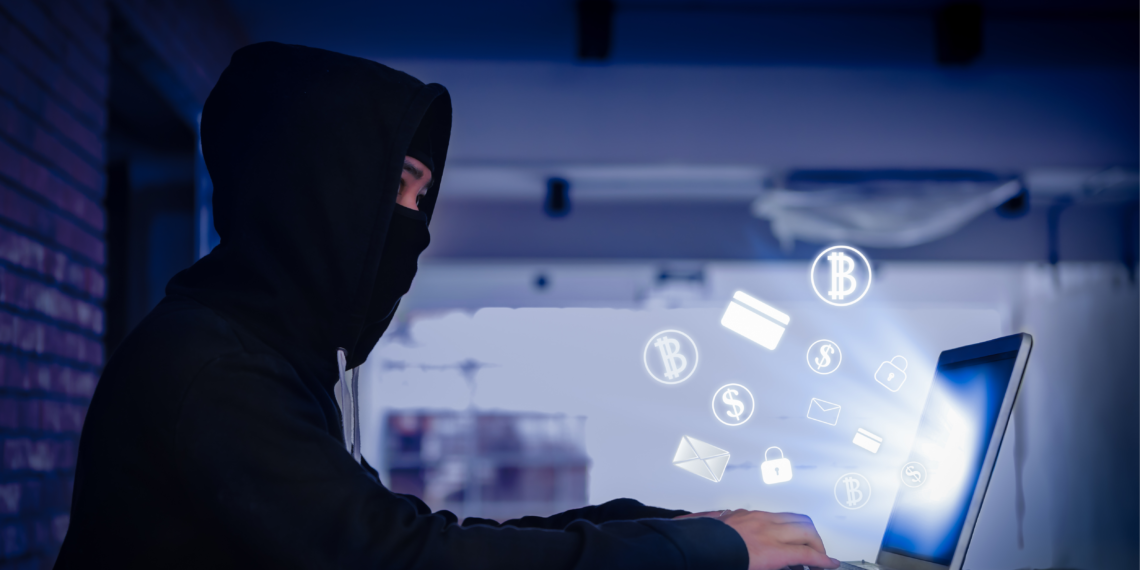Cryptocurrencies are slowly seeping into our everyday life, bringing with them new benefits and opportunities, as well as risks and dangers.
The cryptocurrency industry is slowly moving towards mass adoption as a growing number of companies, online retailers, and food outlets have begun to accept cryptocurrency as a payment method. About 13 percent, more than one in ten people, have used digital currency to make a purchase from an e-commerce retailer, according to a survey by Kaspersky Lab. The survey was based on responses from 12,000 customers in 22 countries.
While virtual money remains the least popular payment option among online shoppers who still prefer credit or debit cards, the experts noted an increasing appetite for digital transactions even despite an 80 percent fall in cryptocurrency prices un 2018.
SponsoredWith 13 percent of people around the globe using Bitcoin, mass adoption may arrive rather sooner than later. However, the vast majority of people have a poor understanding of the risks associated with virtual money. This ignorance coupled with failure to secure their assets may lead to devastating financial consequences for consumers and kill their enthusiasm for using Bitcoin or other alternative forms of money.
Attacks on Cryptocurrency Wallets and Trading Platforms
The system is only as strong as its weakest link. In the cryptocurrency industry, trading platforms might be seen as the weakest link, as they are relatively easy to hack.
According to various estimates by Group-IB, CipherTrace, and Carbon Black, in 2018, cybercriminals got away with between $1.1 and $1.7 billion, with over $980 million stolen from cryptocurrency exchanges and payment platforms. The number of attacks has tripled since 2017.
In the majority of cases, hackers used vulnerabilities and the low-security levels of hot wallets, where the exchanges store customers’ funds.
SponsoredPhishing, Crypto Ransomware, and Cryptojacking
Cryptocurrency scammers often use these old and time-proven instruments to trick unsuspecting crypto holders out of their coins. They steal users’ personal information through fake websites of well-known exchanges and ICO projects to get access to their passwords, accounts, and other sensitive data. According to Kaspersky Lab, about $2 to $3 million are stolen via these techniques each quarter.
Cryptojacking and Crypto ransomware are relatively new forms of cybercrime based on malware which is implanted on users devices. Once a computer of a smartphone of the victim is infected, the virus either encrypts users data and demands a ransom paid in cryptocurrency for unlocking the data (ransomware), or starts mining cryptocurrency for the benefit of the attacker (cryptojacking).
ICO Scams and Fake Accounts in Social Media
Over 80 percent of all Initial Coin Offerings (ICOs) were identified as scams, according to a recent study by Statis Group. Moreover, in most cases, their initiators were either aware of the imminent failure or planned an exit scam from the start.
As ICOs are not regulated in the majority of jurisdictions in which they operate, their organizers have no legal responsibilities or obligations to their investors. The European Cybercrime center calculated that investors lost about $1.4 billion to ICO scams in 2017 and 2018.
Twitter, LinkedIn, and other social media platforms saw a flood of fake accounts impersonating famous people in the industry. They promised to give away coins in exchange for small payments. While these scams have a very short life cycle, their initiators have enough time to ‘earn’ tens of thousands of dollars.
LinkedIn scammers often contact ICO projects and startups on behalf of large cryptocurrency exchanges, offering them to list their coins on the platform. Sure enough, once the company pays them a listing fee, they disappear into thin air.
SponsoredWhat Can Be Done to Protect Yourself?
Experts recommend avoiding storing large amounts of funds on cryptocurrency exchanges for security reasons and taking additional measures to be able to use your digital money for online shopping or investment purposes in a secure way.
When shopping online, customers should always verify the web address and double check the links to their wallets and trading platforms. This is universal advice for all internet users, irrespective the type of money they use to pay or invest online.
Hardware wallets are considered to be the most secure option for long-term cryptocurrency storage as they do not have a constant internet connection. However, users should make sure that they keep their private keys and seed phrases in a safe place.
Also, be vigilant not to fall victim to social media scammers. Users are encouraged to check official websites of cryptocurrency exchanges and contact them via official channels in case of doubt.
Have you ever bought anything online with cryptocurrency? What safety measures do you take to protect yourself from scammers? Let us know your thoughts in the comments below!




